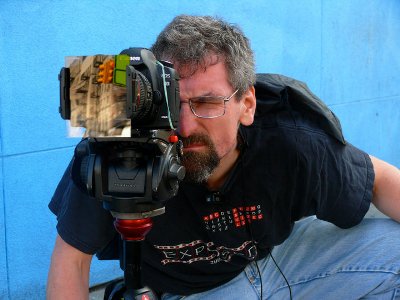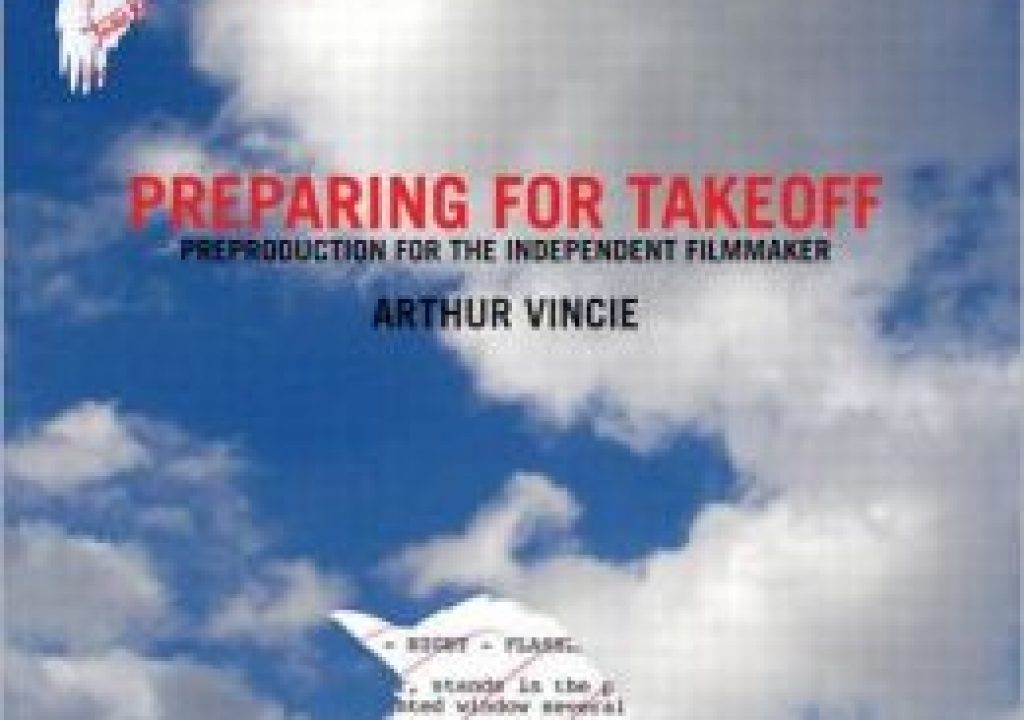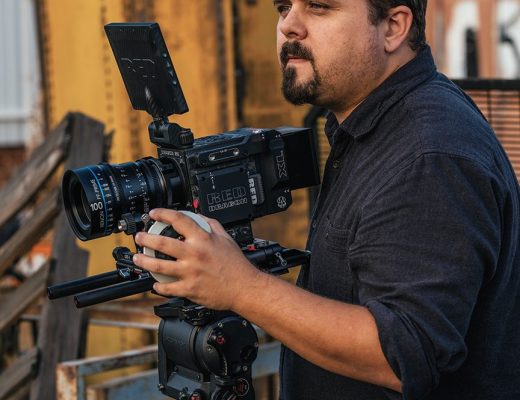Ever since I was a little kid I had always wondered why producers had their names at the beginning of a movie or TV show. I knew why the actors and people like the music supervisors were up there, but what exactly does a producer do? Even after having worked in production and post production environments I still didn’t have any real answers. Hearing a producer tell you that they “make things happen” doesn’t really mean anything, and any job definition that can also be applied to someone running a Ponzi scheme can’t be a great one.
In Preparing for Takeoff – Preproduction for the Independent Filmmaker, author Arthur Vincie gives one of the best definitions I’ve ever heard which also justifies their lofty status.
As a producer, much of your job will consist of being a glorified plumber in a leaky apartment building. Fix the leak, move on to the next one.
Inglorious and mostly under the radar while being incredibly necessary, that definition really says it all. A movie doesn't get made without the producer and the process to fix those leaks and make those things happen is what Vincie's book is all about. Granted, every production is different and I’m sure producers like Scott Rudin aren’t fixing any leaks, but Vincie’s book isn’t about that kind of producer or filmmaker. It’s about what it takes for a person to make a film from the ground up, and it details each and every piece of that process. And it’s quite a process.
Vincie’s approach here is to break down and talk through the necessary details of everything a filmmaker will need to do in order to make their film a reality. He goes to great lengths to explain why many of the “not-fun” aspects of filmmaking are critical and why any independent filmmaker needs to take these things into account. Figuring out whether you should form an LLC, S-Corp or Sole Proprietorship can’t be something any filmmaker wants to spend their time thinking about, but such things are absolutely necessary.
The book is broken up into five parts, and each part contains numerous chapters that detail what it takes to make these parts of the filmmaking process work. He drills into details that many experienced producers and directors may never even consider, such as the ins and outs of a marketing process, getting the film ready for post and even how to prepare for distribution. As an experienced filmmaker, Vincie knows the devil is in the details so he mixes in examples from movies we’re all familiar with while also citing examples from his own films to really ground these details and take the concept off of the page and into the real world. He’s also able to get specific with advice regarding things like how to maximize the elements you have while eliminating ones that are just going to cost your production and gives some incredibly useful advice for anyone looking to trim a budget. Things like eliminating one-line characters and NEVER skimping on audio might sound obvious, but it’s tough to have that perspective when it’s not laid out, even if you know better.
I certainly appreciate that he gives specific examples of issues and tips when it comes to things like permits, but when example after example is around something that relates specifically to New York it comes across as material that would only be relevant to those folks. Those instances are few and far between though, and much more often he’ll talk about things like insurance companies trying to put “terrorism coverage” into your policy.
He also does a nice job of illustrating concepts and tips in the charts and graphs that appear throughout the book. I’d be lying if I said they were all essential, but that notion cuts both ways. Even in those instances where the concept is unclear or seemingly superfluous, seeing what he's talking through visually is useful. The documents which appear as figures throughout typically illustrate how Vincie approaches a particular organizational point or detail, and at the very least they will give you a great place to start. And that’s without even mentioning the invaluable “Useful Forms” and “Union Information” sections that he gives us in Appendix B and C.
 Vincie pounds into the reader’s head that independent filmmaking is a process and needs to be approached as such. It’s easy to think of the process in linear terms where in Step 1 you sit down and write your script, then in Step 2 you get the funding for the project while in Step 3 you go into pre-production, etc. But Vincie has his Chapter 2 as “Fixing the Script” while Chapter 6 is “Script Analysis” and Chapter 9 is “Breaking Down the Script”. An author who was approaching a film in linear terms would obviously put these chapters after one another or perhaps even make them one single chapter, but Vincie goes to great lengths to get the reader considering how each of these pieces work with and for one another rather than filmmaking–by–the–numbers. Sometimes that means he ends up repeating himself, but even that is undoubtedly intentional, as Vincie wants the independent filmmaker to be constantly thinking about these things and how they can improve their film.
Vincie pounds into the reader’s head that independent filmmaking is a process and needs to be approached as such. It’s easy to think of the process in linear terms where in Step 1 you sit down and write your script, then in Step 2 you get the funding for the project while in Step 3 you go into pre-production, etc. But Vincie has his Chapter 2 as “Fixing the Script” while Chapter 6 is “Script Analysis” and Chapter 9 is “Breaking Down the Script”. An author who was approaching a film in linear terms would obviously put these chapters after one another or perhaps even make them one single chapter, but Vincie goes to great lengths to get the reader considering how each of these pieces work with and for one another rather than filmmaking–by–the–numbers. Sometimes that means he ends up repeating himself, but even that is undoubtedly intentional, as Vincie wants the independent filmmaker to be constantly thinking about these things and how they can improve their film.
He does err on the side of caution though, and I’m sure that has to do with him not wanting to be accused of giving people bad advice. I had to smirk when he said if the wardrobe budget number is $13,000 to tell the costume designer it’s actually $12,500. If you’re going to bother playing that game you might as well give yourself little bit more leeway. At the same time I certainly understand that he doesn’t want to encourage lying in a chapter dedicated to working with other people, so it’s a fine line his readers will hopefully realize they need to draw themselves.
What we’re getting here is a very focused and specific look at what it takes to make an independent film a reality, but that’s not to say that the “independent producer” or even the “independent content creator” won’t be able to take something away from the book. There’s plenty of film specific material here, but chapters that deal with things like “Staying Organized” and “Preparing for Post” are relevant to a much wider audience. The process he goes through is clearly about a film being the end result and everyone picking this up should keep that in mind. Since the word “filmmaker” in the subtitle of the book this can’t come as too much of a surprise, but anyone interested in a production process of any size or shape will be able to find relevant info here.
The balance between the logistical and artistic side of the filmmaking process is a critical part of the book, and it’s a balance that’s imperative. Regardless of your experience level or skill set, if you’re looking to make an independent film you’re going to find something of value here. If you’re just getting started you might be overwhelmed by how big and how involved the whole thing is and want to skip over some of the details. If you have some experience there are probably going to be sections you figure you can ignore because you’re already familiar with those topics. In either case you’d be better off if you took the time to take in everything that’s laid out here. You might not be able to completely absorb it all or you may realize these are all things you already know, but in either case the effort is going to be worthwhile for you and for your project.
Preparing for Takeoff – Preproduction for the Independent Filmmaker is a resource that can and will help you. How much or how little will depend on where you’re at with your project and in your career, but those specifics should be the least of your concerns, just as they are the author’s. Regardless of the details, learning the rules and the process before you break them or come up with your own is essential.
To purchase the book you can visit the publishers website at http://preparingfortakeoffbook.com/

Filmtools
Filmmakers go-to destination for pre-production, production & post production equipment!
Shop Now













